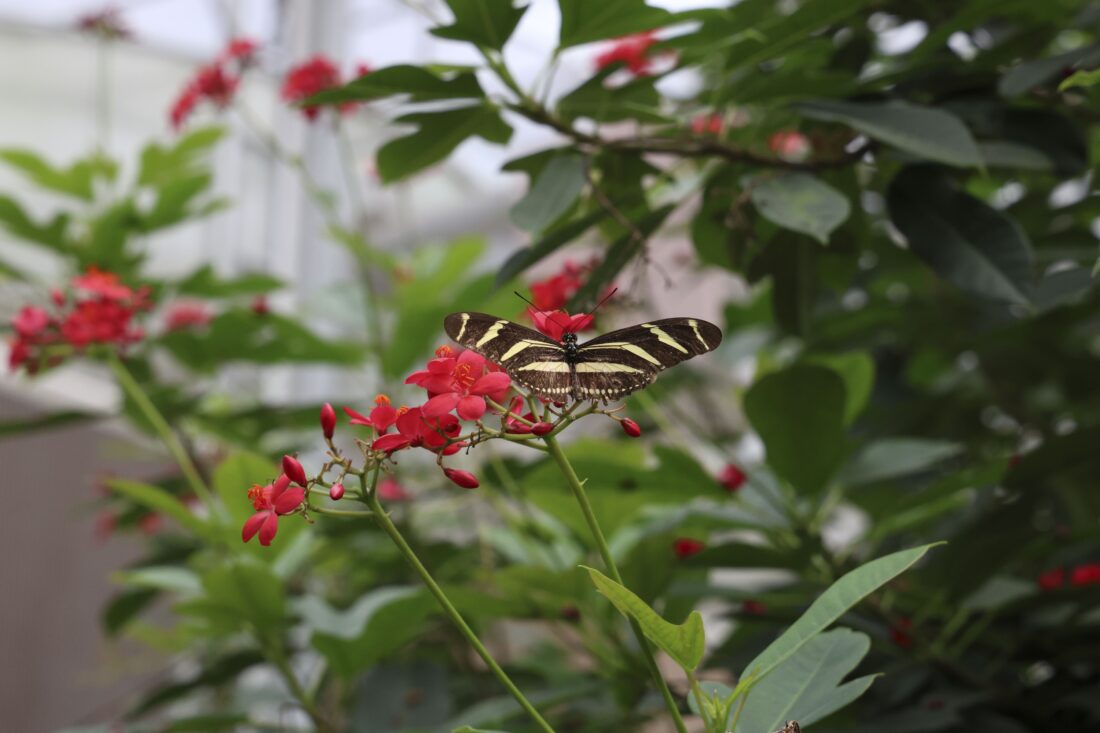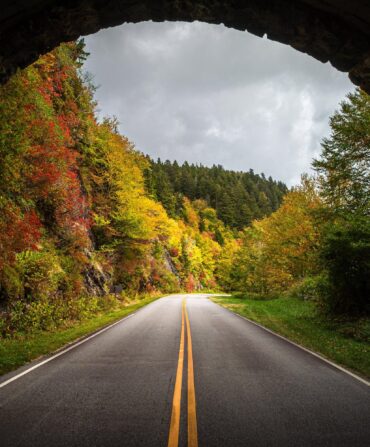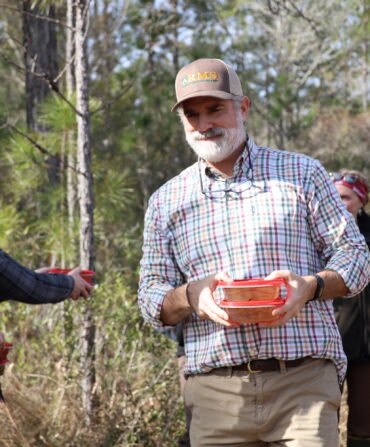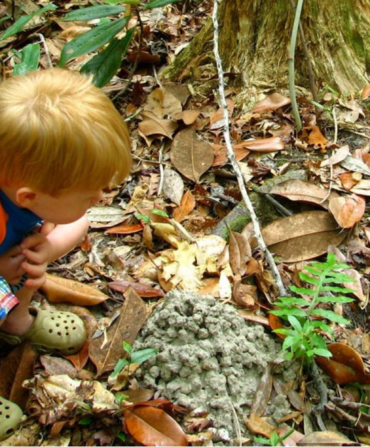Even for the type of person who loves buzzing bees and skittering spiders, butterflies are undoubtedly one of the prettiest insects. The small but glorious creatures live fairly short lives—typically just a few weeks—but bring joy to people all over the world, and well-kept greenhouses, gardens, and sanctuaries can be found in just about every Southern state. Here are a few places to stop and admire the butterflies.
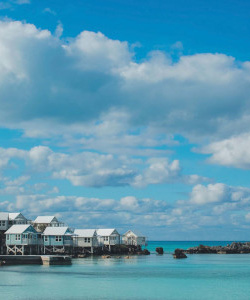
Cypress Gardens
Moncks Corner, South Carolina
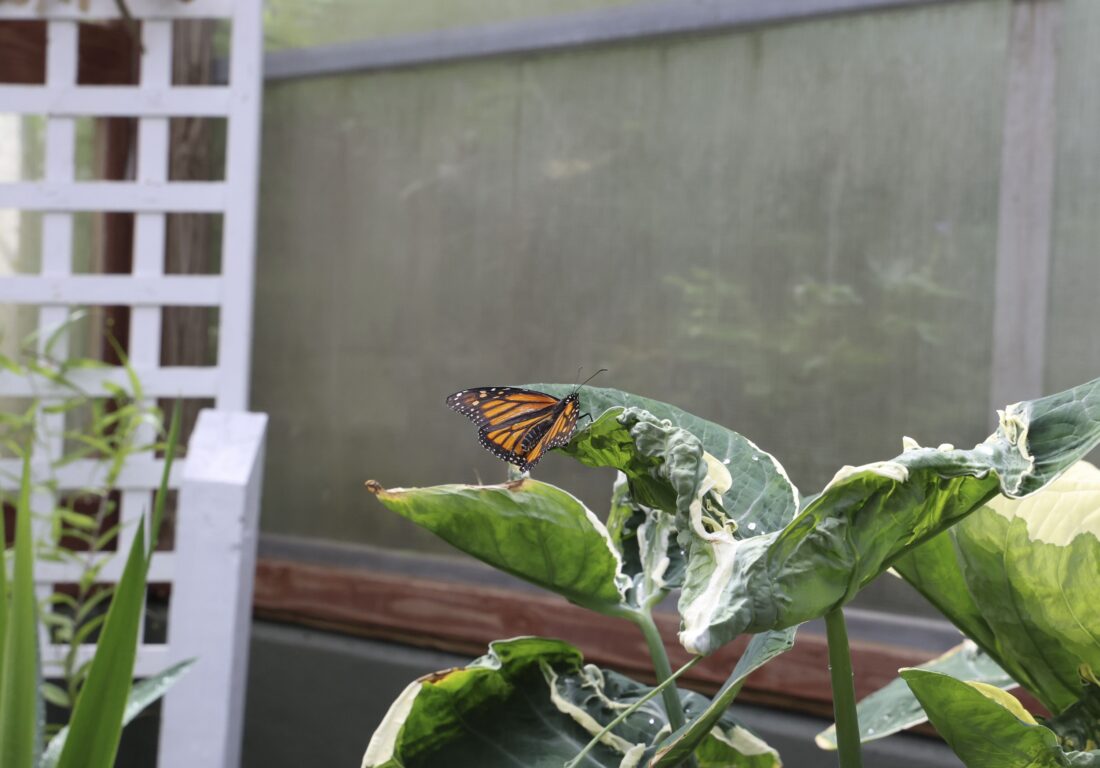
See butterflies at all stages of life, from caterpillar to chrysalis to winged adult, inside and outside the greenhouse at this Lowcountry garden full of cypress trees and swampland. Signage throughout the plant displays explains what kind of flowers attract certain butterflies. “I always tell people to plant zinnias,” says Canada Yocum, the preserve’s butterfly curator. “You splash a bunch of seeds out there, and they’re going to come up.”
Butterfly World
Coconut Creek, Florida
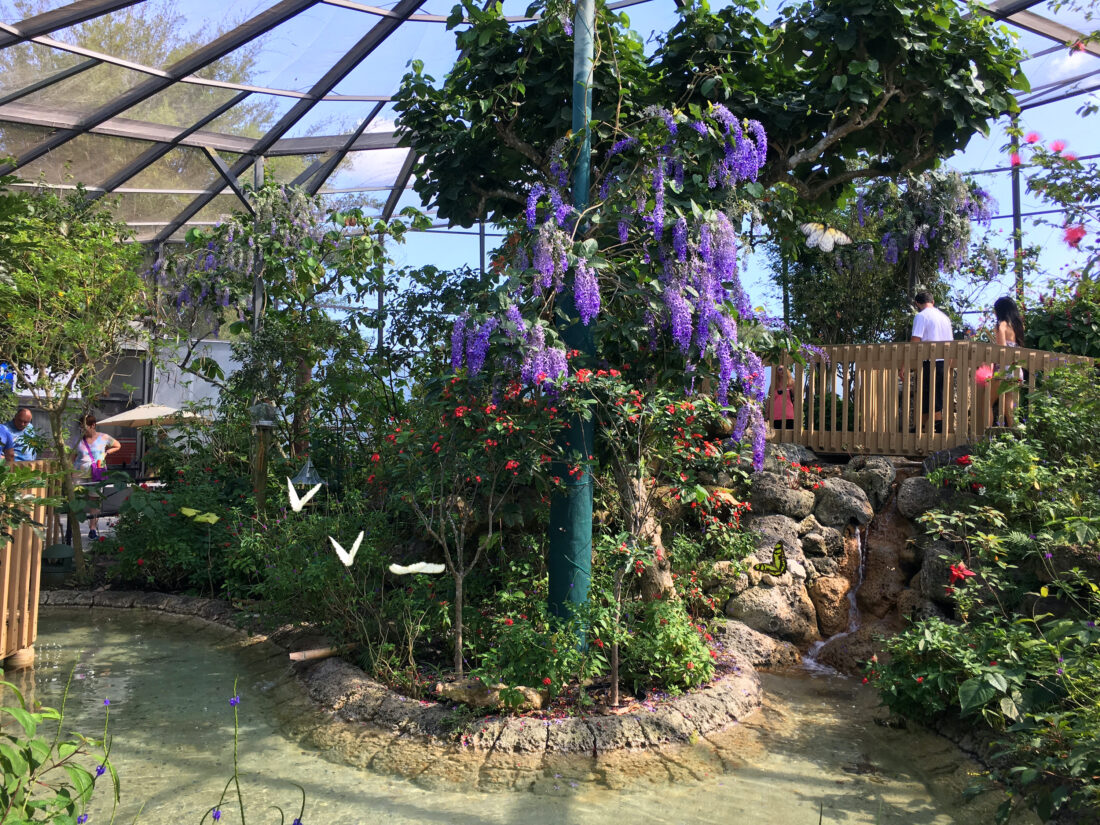
Not only butterflies but lush foliage, miniature waterfalls, and streams are enclosed in glass at this South Florida attraction, which opened in 1988 and is considered the oldest butterfly house in the U.S. It’s also the largest, with over 20,000 butterflies of many different species, including cloudless sulphurs, birdwings, monarchs, and Eastern black swallowtails. “We have people visiting us from all over the world,” tour guide Jackie Minett says. The Bring Back the Butterflies campaign—a country-wide program to educate and supply free butterfly gardening materials to the public—was also founded here.
Balcones Canyonlands National Wildlife Refuge
Marble Falls, Texas
From September through late October, you can expect to see thousands of monarch butterflies move through the Hill Country of Texas on their migration journey. This refuge, which sits above the Edwards Aquifer (a major source of drinking water in the region), offers ten miles of hiking trails on which to see native plants like antelope horn milkweed and coneflowers alongside other rare wildlife, including the golden-cheeked warbler.
Audubon Insectarium
New Orleans, Louisiana
This serene garden overlooking the Mississippi River serves as the finale in a museum with over fifty live arthropod exhibits—ant and bee colonies, huge walking sticks, colorful beetles, and more.“Let’s face it, butterflies are the best ambassadors for this group of animals,” says Zack Lemann, curator of animal collections. Because there are many non-native species here, including morphos and clipper butterflies, the garden contains many tropical plants such as ixora and Australian tree ferns.
Viceroy Butterfly Garden
Oak Grove, Kentucky
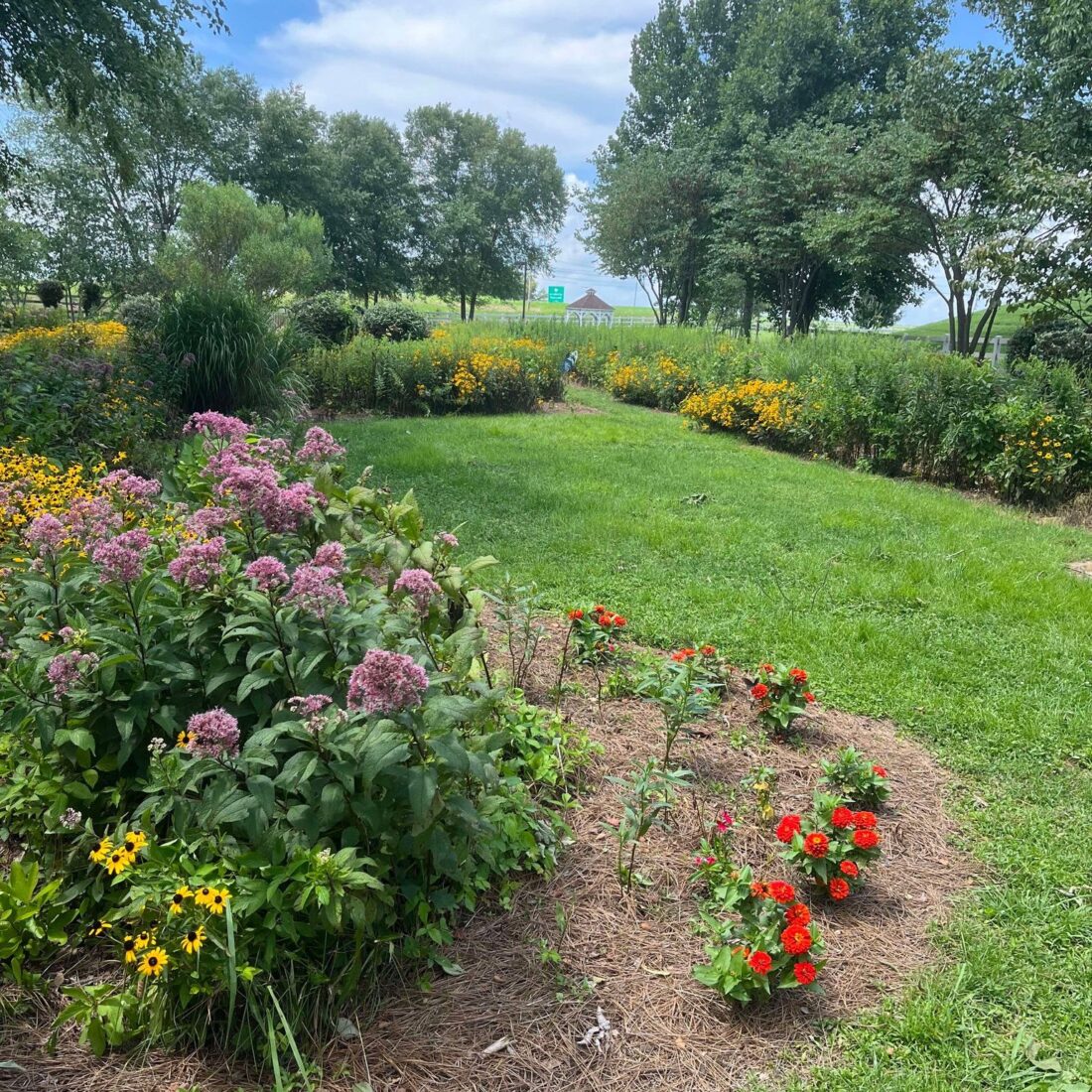
Tucked in Oak Grove’s War Memorial Park are concrete walking paths, sweet bay magnolias and butterfly weed (among other plants), wooden Adirondack chairs, and of course, plenty of butterflies. The garden, which is normally in full bloom from July to September, serves as a welcoming pit stop to monarchs on their migration trail. The park also hosts an annual butterfly festival each September featuring free activities for children, a pop-up butterfly house, and the release of 2,600 butterflies.
Norfolk Botanical Garden
Norfolk, Virginia
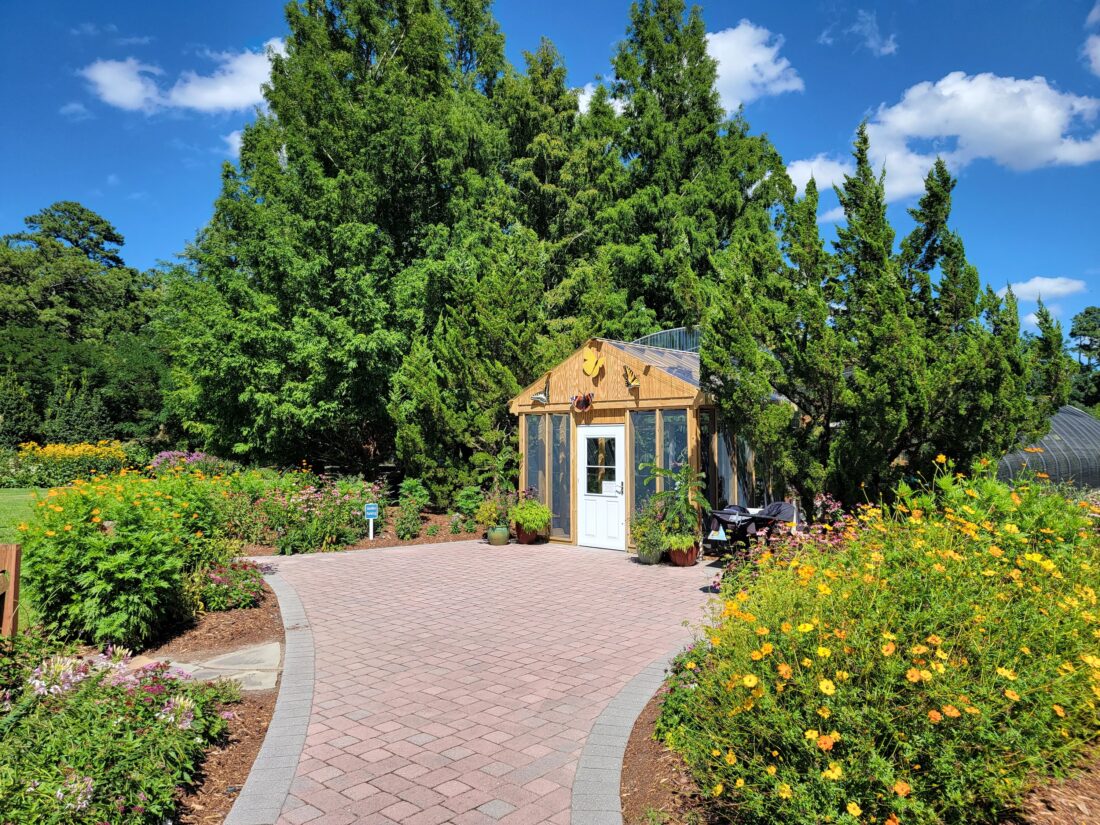
Open from mid June to late September, Norfolk’s summer butterfly house tends to host around twenty-five different species at a time, though monarchs make up the majority of its residents. “The main goal for our house is an ethical management of our living collection, and part of that is enabling them to have access to everything they would need at any stage of their life,” says Alexandra Cantwell, senior director of adult education and conservation. “With the monarchs, that means migration.” Cantwell says they tag the butterflies as part of Monarch Watch and release them to undertake their natural journey.
St. Marks National Wildlife Refuge
St. Marks, Florida
St. Marks, a wildlife refuge established in 1931, receives calls as early as August from people inquiring about the monarchs. It’s the last stop on the migration trail before the winged critters head to central Mexico for winter. Every fall, thousands of them pass through this over-86,000-acre refuge, which is also known for providing winter habitat for migratory birds; the monarchs stop to rest and feed on nectar from clasping milkweed, sensitive partridge pea, and other flowers.


